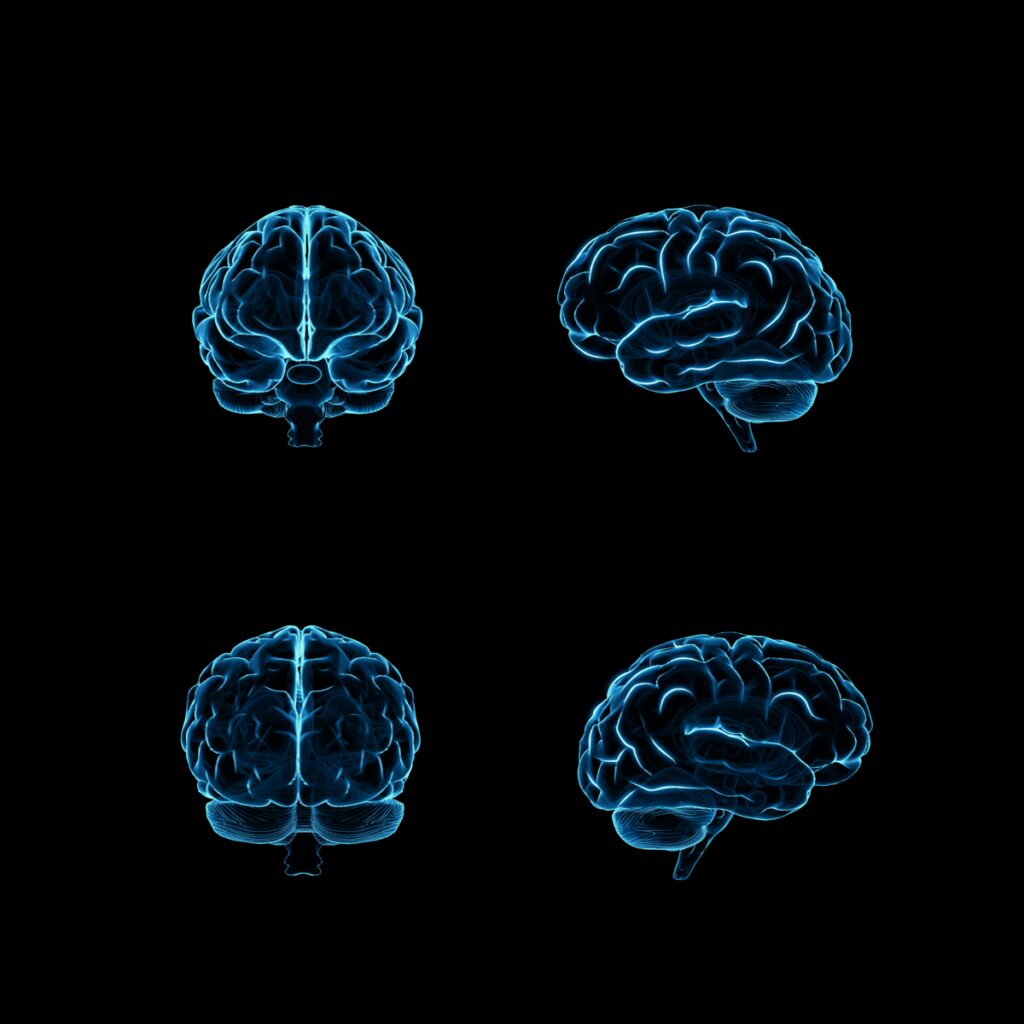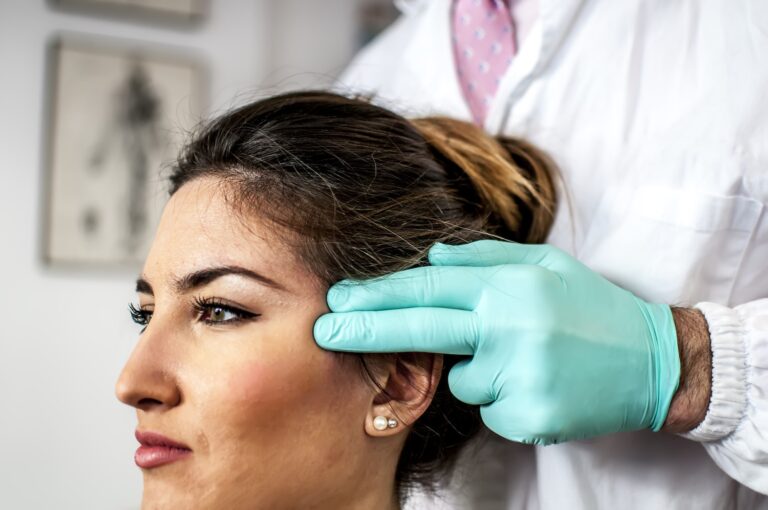Trigeminal Neuralgia is an intense pain in the distribution area of the trigeminal nerve (the main sensory nerve of the face). The pain is of short duration (from a fraction of a second to a maximum of 2 minutes) and usually resembles an electrical discharge. Furthermore:
– The pain is intense, sharp or excruciating
– It can be caused by irritation of specific areas (trigger zones) e.g. in men's shaving.
– Pain attacks are stereotyped in each patient and on one side
The pain can cause a muscle spasm in the face (“tic douloureux”). In recent years, with the best imaging methods of the brain (Magnetic) we believe that the pain is due to some vessel that presses on the root of the trigeminal nerve and irritates it, but many times we cannot find the cause.
The sensory distribution of the trigeminal nerve in the face
The trigeminal nerve (or fifth cerebral conjugation) is a facial nerve with which we feel. One nerve in the right half of the face and one in the left. The nerve from each side covers half of the face and the corresponding oral-nasal mucosa. The nerve consists of three smaller nerves or branches which are distributed in the face. The three branches and areas distributed in the face are:
– The ophthalmic nerve (1st branch): forehead, anterior scalp, bridge of the nose, upper eyelid, upper part of the conjunctiva of the eye, lacrimal gland, iris of the eye
– The maxillary nerve (2nd branch): lower eyelid, lower part of the conjunctiva, the side of the nose, the cheek, the upper lip, the teeth of the upper jaw, the mucous membranes of the mouth and the middle and lower nasal chamber of the nose and the mucous membranes of the sinuses and the sphenoid and ethmoid sinuses
– The mandibular nerve (3rd branch): the cutaneous area of the lower jaw (except its angle), the cutaneous area anterior to the temples, the cutaneous area above the auricle, the temporomandibular joint, the eardrum , place
of the external auditory canal, the chin, the lower lip, the teeth and gums of the lower jaw, the mucous membranes at the base of the mouth and the anterior 2/3 of the tongue.
When we have trigeminal neuralgia the numbness, pain, burning, electric current or any other symptom is in one of these branches of the trigeminal nerve or more often in two of the branches together (usually 2nd and 3rd branch) . So when we have symptoms in these areas the neurologist can easily diagnose a neuralgia of the nerve.
Treatment
Treatment is difficult and chronic with antiepileptic (usually) drugs. Interventional treatments (cryocoagulation of the trigeminal ganglion, "pad" on the trigeminal root) or finally neurostimulators are also applied, but in general it is a painful, long-term and painful condition.

















